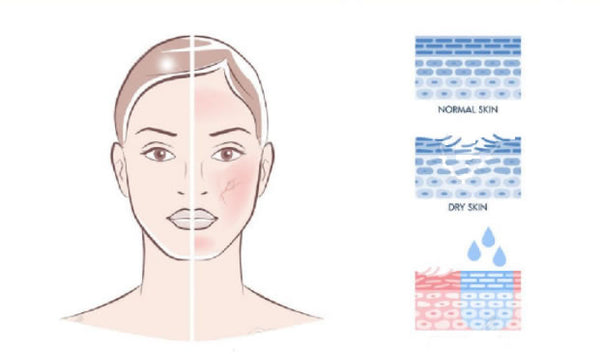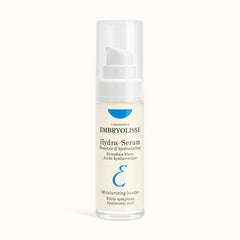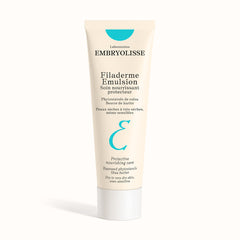
Dry skin or dehydrated skin: What are the differences and how to take care of your skin?
When the skin feels tight and uncomfortable, you immediately think you have dry skin. Actually, most of the time, your skin is lacking water.
Did you know?
Dry skin is a skin type, while dehydrated skin is a temporary condition of the epidermis, which can affect all skin types and can easily be fixed with the appropriate care.
Recognize and manage dehydrated skin:
Dehydrated skin is a skin condition:
- Finely ridged
- Dull
- Not sparkling
- Uncomfortable
The dehydration episode can be occasional or permanent and can lead to the development of scales. Dehydration is a skin problem that can affect all skin regardless of their type. Fragile areas are the first to be affected by dehydration, such as the eye area for example.
THE CAUSES
The skin is our reservoir of water. Physiologically, water is stored in our dermis but it is not permanent. The water constantly rises to the surface of our body and evaporates. The stratum corneum (the outermost impermeable layer of the skin), as well as the hydro-lipid film, are two natural barriers to fight against this evaporation. However, when this protection is damaged, the evaporation of water increases and causes an episode of dehydration.
Skin dehydration can be physiological, but it can also be caused by various factors, such as wind, cold, pollution, UV rays or even medication.
HOW TO CURE IT?
To get rid of skin dehydration, in addition to appropriate cleansing and dietary measures, the application of moisturizing products will have a positive effect on the condition of the skin.
These treatments will rehydrate the epidermis thanks to the presence of moisturizing, humectant and sometimes anti-dehydrating agents.
HEALTH ADVICE
- Drink a lot of water or herbal teas (warm water is the best option).
- Avoid overheated atmospheres or air conditioning, and prolonged exposure to the sun.

BEAUTY TIPS
- Moisturize your face and body every day, once or twice a day.
- Apply your moisturizing routine to perfectly clean, dry skin with gentle circular massages for one minute, from bottom to top, center to sides.
- Wait for 2 to 3 minutes before applying makeup.
- Use a moisturizing mask once or twice a week.
Recognize and manage dry skin:

Dry skin is a skin type:
- Dull
- Rough
- Not very smooth to the touch
- Often uncomfortable as it can peel and tighten.
- Shows redness
However, it can be relatively pretty visually because its grain is tight.
Dry skin has a very thin stratum corneum (impermeable and superficial layer of the skin) that doesn’t retain well the water in the deeper skin layers. Dry skin produces little sebum, it is alipidic, and therefore has an ineffective hydrolipidic film.
THE CAUSES
There are moments in life that are more favorable to the onset of dry skin:
- childhood
- menopause
- advancing age.
The external environment will also have an impact on skin dryness and certain factors will favor this condition: wind, cold, sun exposure, contact with detergents, the use of poorly adapted care and hygiene products and certain medication intake.
In some cases, skin dryness can be genetic, for example in the case of atopic skin.
HOW TO CURE DRY SKIN?
The drier the skin, the more it becomes dehydrated and the more it will age prematurely, it is therefore essential to provide it with fatty substances. The most effective products are nourishing products, which contain a significant amount of oils, butters and waxes. These products repair the upper layers of the epidermis, help maintain water in skin cells and allow the skin to fully play its role as a barrier.
HEALTH ADVICE
A healthy and varied diet is most of the time a sufficient intake of lipids. But it happens that this contribution is not sufficient:
- During cold waves in winter because the skin is attacked and dries up.
- During periods of “diet”, when you pay attention to your consumption of fat.
- Two tablespoons of fat with each meal, focusing on omega-3 and essential fatty acids help maintain healthy skin.
BEAUTY TIPS
- Apply your nourishing treatment to perfectly clean and dry skin.
- Avoid the eye area, as fatty substances can cause them to swell.
- Wait 2 to 3 minutes before applying makeup.
- Use a nourishing and / or moisturizing mask once or twice a week.









Leave a comment
This site is protected by hCaptcha and the hCaptcha Privacy Policy and Terms of Service apply.